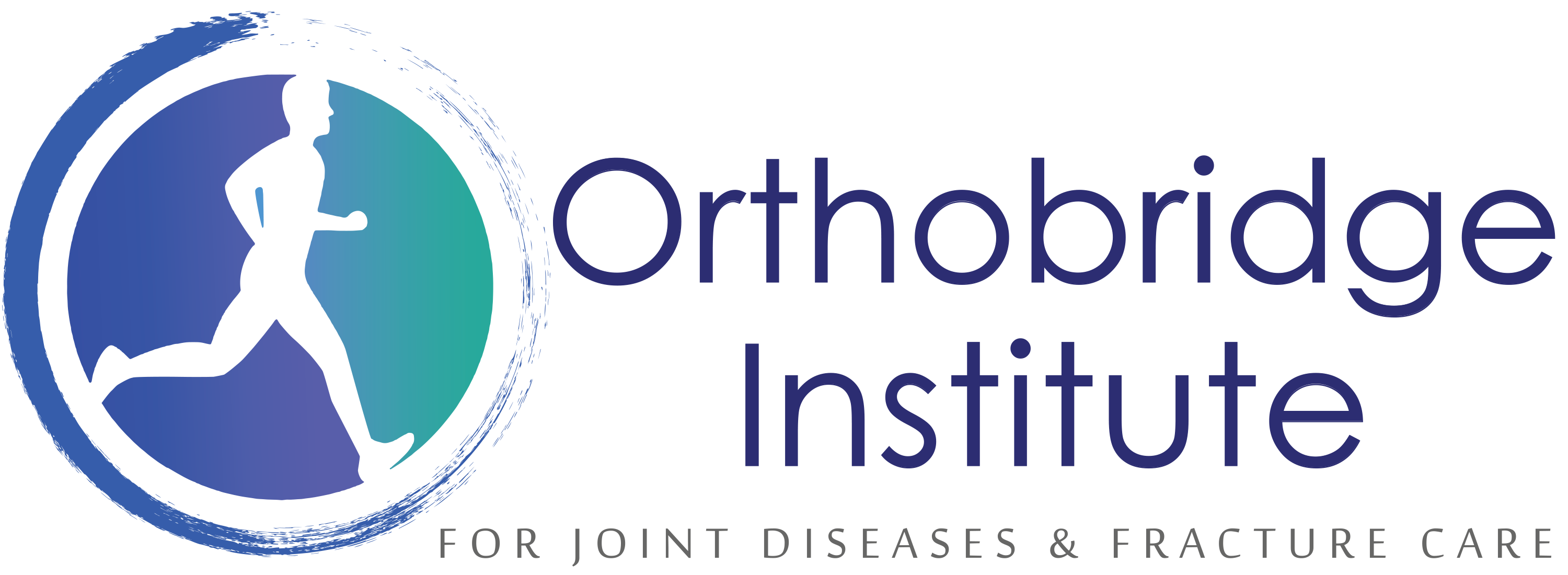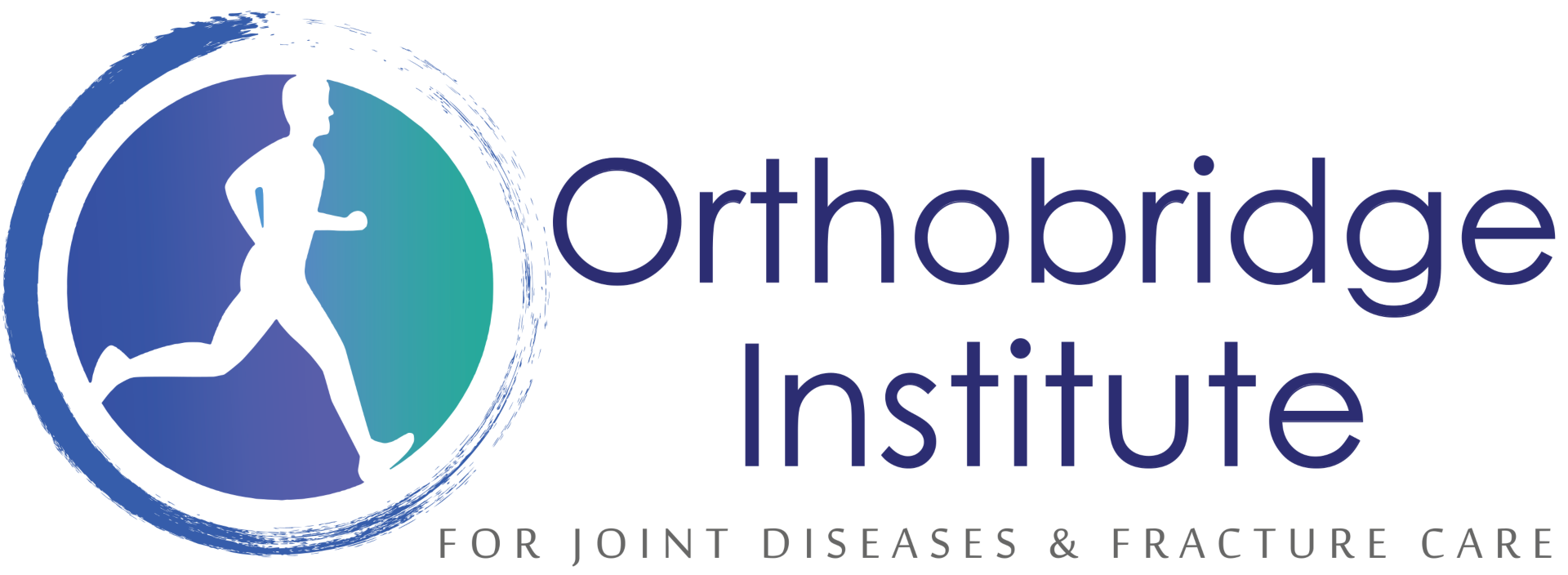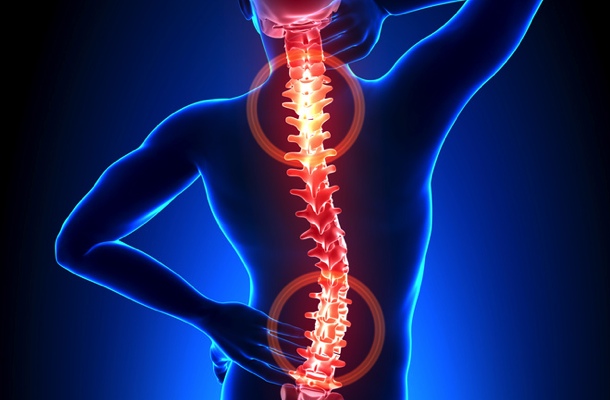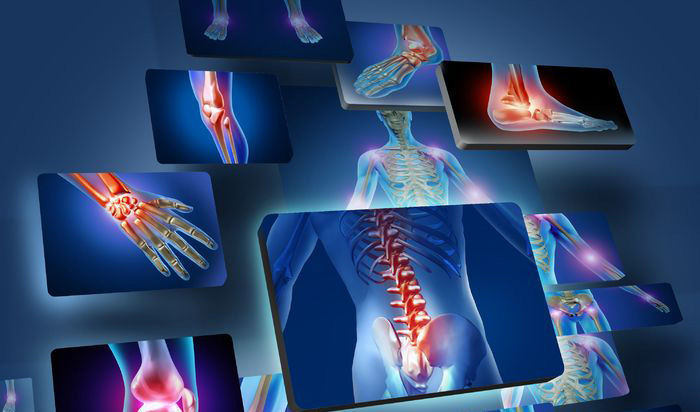What is Carpal Tunnel Syndrome?
Carpal tunnel syndrome (CTS) is a medical condition caused by compression of the median nerve at the wrist. The median nerve is one of the three main nerves in the arm. It provides feeling and movement to the thumb and first two fingers.
The carpal tunnel is a narrow passageway in the wrist that separates the bones of the palm from the bones of the forearm. The median nerve passes through the carpal tunnel on its way to the hand. The carpal tunnel is a common place for problems to occur because it’s so small and there are so many tendons and muscles surrounding it.
What are the Symptoms?
CTS can cause numbness, tingling, pain, and weakness in the hand and arm. These symptoms may get worse when you use your hand or arm. CTS usually happens in one arm, but it can happen in both arms. Symptoms typically begin gradually, with numbness or tingling in the fingers, particularly the thumb, index, and middle fingers. Even if there is no visible swelling, some persons with CTS report that their fingers feel useless and bloated. Symptoms usually arise in one or both hands during the night. The dominant hand is frequently the first to be afflicted and has the most severe symptoms. A person suffering with CTS may awaken with the desire to “shake out” their hand or wrist. As symptoms increase, people may experience tingling during the day, particularly while chatting on the phone, reading a book or newspaper, or driving. Hand weakness can make grasping small things or doing other manual tasks difficult. The muscles near the base of the thumb may atrophy in chronic and/or untreated situations. Some persons with severe CTS are unable to distinguish between heat and cold by touch and may burn their fingertips without realizing it.
What are the causes?
There are several things that can cause CTS, including:
– Repetitive motions or activities that put pressure on the wrists, such as typing or playing an instrument
– Pregnancy – fluid buildup during pregnancy can put pressure on the median nerve
– Obesity – excess weight can put pressure on the wrists
– Diabetes – high blood sugar can damage nerves
- A previous injury to the wrist

How does one diagnosis it?
There are a number of investigations that may be performed in order to diagnose carpal tunnel syndrome. The most common of these is nerve conduction studies, which can help to assess the function of the median nerve. Other tests that may be used include electromyography, magnetic resonance imaging (MRI), and X-rays. In some cases, a combination of these tests may be required in order to make a diagnosis.
Carpal tunnel syndrome is often diagnosed based on the presence of certain symptoms and signs. However, in some cases, additional testing may be required in order to confirm the diagnosis. Nerve conduction studies are considered to be the gold standard for diagnosing carpal tunnel syndrome. This test involves placing electrodes on the skin over the median nerve and assessing the electrical activity of the nerve. Nerve conduction studies can help to assess the function of the median nerve and can often be used to confirm the diagnosis of carpal tunnel syndrome.
In some cases, electromyography may also be performed in order to diagnose carpal tunnel syndrome. This test involves inserting a needle into the muscle tissue in order to assess the electrical activity of the muscles. Electromyography can be used to rule out other conditions that may cause similar symptoms, such as tennis elbow or radial tunnel syndrome.
MRI and X-rays are not typically used for diagnosing carpal tunnel syndrome, but they may be ordered if there is concern that another condition, such as arthritis, is
What are the treatment Options
There are a number of treatment options available for carpal tunnel syndrome. These include:
-Wearing a splint or brace: This can help to immobilize the wrist and hand and take pressure off of the median nerve.
-Physical therapy: Exercises and stretches that are designed to strengthen the muscles and improve range of motion can be helpful in treating carpal tunnel syndrome.
-Anti-inflammatory medications: Nonsteroidal anti-inflammatory drugs (NSAIDs) can help to reduce pain and swelling.
-Corticosteroid injections: These can help to reduce inflammation and pain in the short-term.
-Surgery: In severe cases of carpal tunnel syndrome, surgery may be necessary to release the pressure on the median nerve.
If you are experiencing symptoms of carpal tunnel syndrome, it is important to talk to your doctor so that the best treatment plan can be tailored for you.













